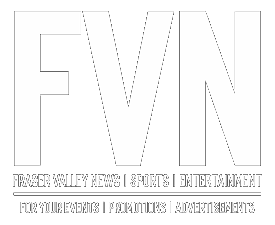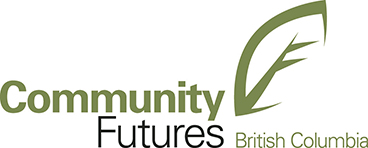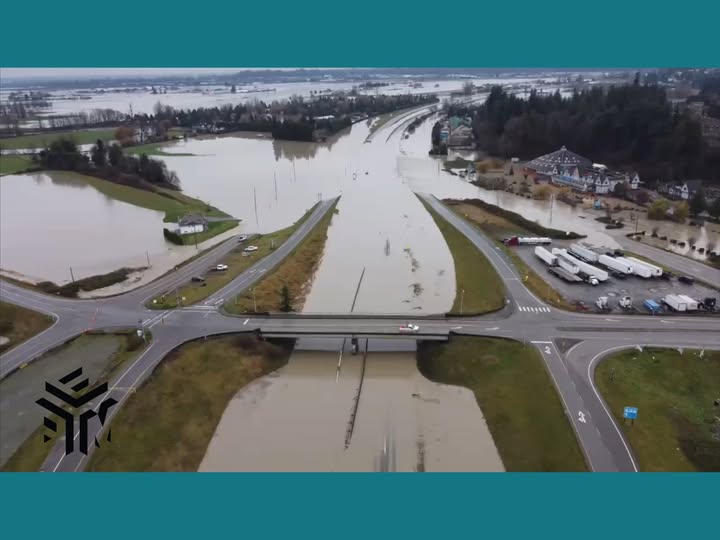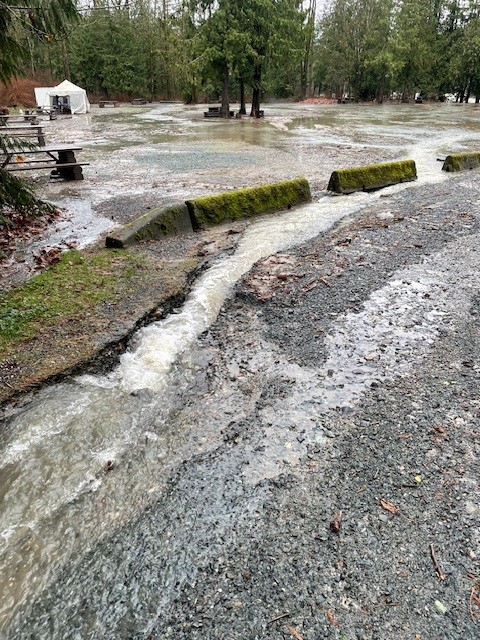Mission —The Waterfront Revitalization Master Plan is now a part of Mission’s Official Community Plan. This is a long-range plan that will guide land-use decisions in the waterfront area to create new jobs, establish the City’s new urban heartbeat, and build a renewed connection with nature on the Fraser River.
“The adoption of our waterfront plan represents a major milestone in Mission’s history,” said Mayor Paul Horn. “These lands hold a tremendous potential for employment and economic growth, but very little has happened on them for more than 40 years. The technical analysis and research behind this plan are exceptional and are already inspiring investors to reach out to the City.”
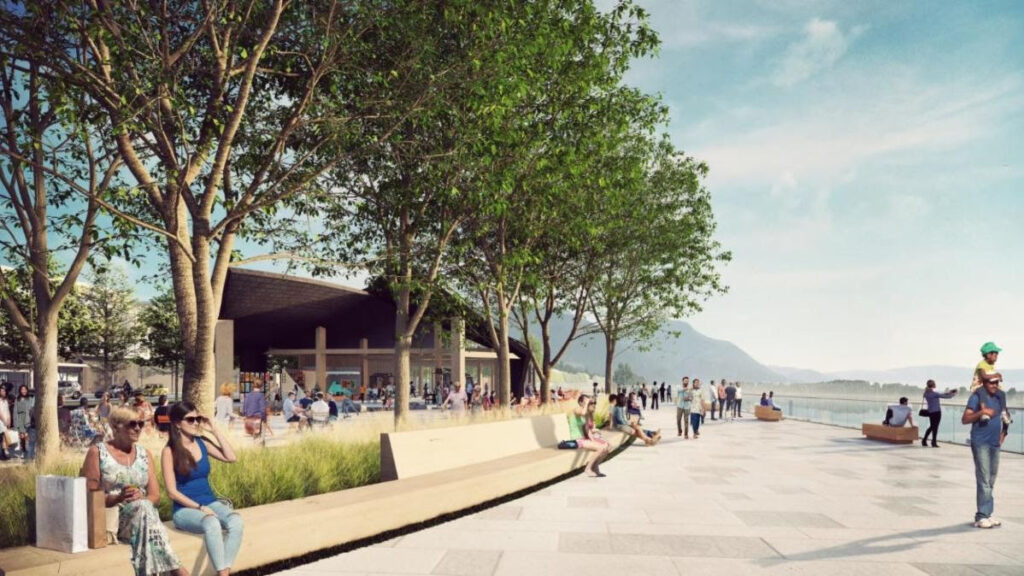
Planning Process
Initiated in 2020, the Waterfront Revitalization Master Plan process started with a vision to reactivate the underutilized lands as a vibrant hub of activities, residences, industry and commerce to support a resilient and complete community.
Drawing from the examples and insights gathered from successful waterfront revitalization projects from around the world, Mission’s plan is well-grounded in technical analysis and financial feasibility to unlock the potential of the waterfront to serve Mission and the Fraser Valley for generations to come.
Public Engagement
What makes this a made-by-Mission plan, one that authentically reflects the voices and aspirations of this community, is the engagement and outreach process that ensured touchpoints for feedback every step of the way.
“This plan is bold and represents extensive input from citizens, landowners, First Nations and other levels of government,” said Horn. “It gives Mission an opportunity to create a waterfront experience that is unique to our needs and community values.”
The three-phased engagement process spanned eighteen months and included consultation with residents, landowners, and senior levels of government, including First Nations and Provincial government agencies.
Through this process, the project team heard the need for:
- Local job creation
- Civic amenities, parks, and interactive cultural experiences
- Community gathering spaces
- Enhanced flood protection
- Easier, accessible connections to Downtown
- Housing variety
- More tourism opportunities and support for local businesses
Over the duration of the project, the project team reached community through:
- Early and regular meetings with landowners, First Nations, stakeholder groups, and government agencies
- Numerous public open houses, webinars, and one-on-one questions with the project office via email, phone call, and social media message
- 1,600 survey responses, 28,000 views of project content on mission.ca, 10,000 views of the Interactive Plan, and 6,400 visits to the Engage Mission project page.
What’s Next
Waterfronts are long-term projects that require significant coordination and long-term commitment.
With the plan formally adopted into Mission’s Official Community Plan on July 4 at Regular Council, the community has greater certainty on how the waterfront lands will take shape with future growth. The OCP adoption serves as an invitation to developers, government and other stakeholders to participate and further define the future of our City.
Implementation is already happening, with the lands around the Mission Bridge having recently been raised to support development. Municipal infrastructure design work has also been drafted.
Find out more about the project on engage.mission.ca.
